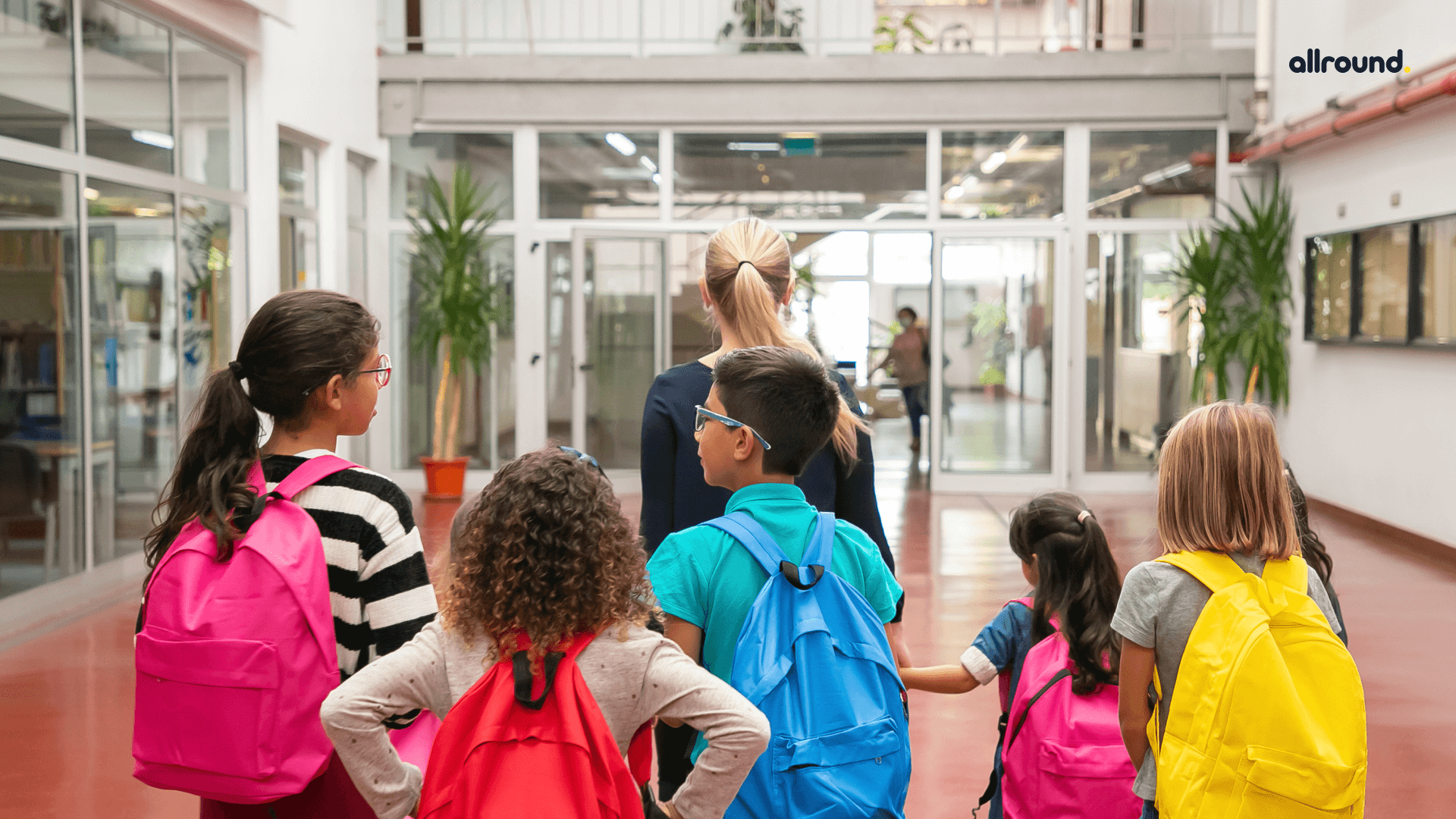10 Tips for Homeschooling with Babies, Toddlers and Preschoolers in the Mix5 min read
Contents
Introduction
Homeschooling can be demanding. When you bring a newborn, toddler, or preschooler to the mix, madness is a better term. It doesn’t matter what age your child is. It’s going to be a good time, y’all!
But we’re here to tell you that you can effectively homeschool with little children – and that this is just a brief period in life that will pass in the blink of an eye. Try these ideas if you’re homeschooling with newborns, toddlers, or preschoolers. Teaching your own children is a huge responsibility that many of you haven’t requested.
1. Take advantage of nap time
You gradually realize that nap time will be quite beneficial to you. If your older child is still in elementary school, you’ll probably be able to finish all or virtually all of his group work during nap time. Formal seatwork for most early elementary-aged children requires no more than two hours. Save the most mom-intensive or quiet-requiring work for nap time if you can’t get everything done during that time.
2. Try baby-wearing
Consider utilizing a sling or wrap for “babywearing” if you’re a mom with a baby. For the most part, schooling can continue as usual with a baby nestled up with Mom and her hands free.
3. Create a baby- or toddler-proof area for schooling
This suggestion will almost certainly save your sanity. If your children are little, you can simply homeschool them in your basement or other suitable location. It can be any space where the infant and toddler can be contained and entertained with minimum monitoring. Make sure it’s stocked with entertaining, baby-safe toys and books, as well as a couch for reading snuggled upon and a table for your child’s class time.
4. Involve younger siblings
It’s also a good idea to include as many younger children as possible. We spent a lot of time reading on the couch or at the school table with the younger kids, playing with Play-Doh or building with Legos.
Younger siblings sometimes appreciate having their own “schoolwork.” Color books or workbooks can be found at department or dollar stores, allowing children to have their own school books.
5. Spend time with little ones first
It’s easy to say to yourself, “I’ll just get the older kids started, then I’ll spend time with that baby.” If you offer the little one a few minutes of your full concentration first thing in the morning, he’ll be much happier to play on his own for a while.
6. Take turns with the little ones
Allow each elder sibling to spend time with their younger brother or sister during the day if you have more than one. Allowing the older children to spend 15-20 minutes each amusing the baby allows you to spend one-on-one time with your siblings, strengthens the link between the newborn and his older brothers or sisters, and teaches older children how to serve others.
7. Utilize electronics
Although no one wants to rely on a “tech babysitter,” when used carefully and thoughtfully, TV, videos, apps, and online games may be a great way to keep kids occupied. These days, young children have a plethora of educational possibilities.
Because DVDs have a defined length, we always recommend using them. That means the kids won’t be able to watch another show before you arrive to turn the TV off.
8. Have “school time only” activities for little ones
Have activities for toddlers and preschoolers that you only put out during school hours and rotate them frequently. Pinterest is a goldmine of ideas that we didn’t have when we were young. We had no choice except to rely on literature. Paper books, for example.
9. Get up earlier
Ugh! We are aware of the situation and are aware of the situation. This one sounds awful, and it may be, but giving yourself 30-60 minutes to yourself without children can make a significant difference. Make the most of the early half of the day however you see fit. This could include household tasks (cleaning, dishes, laundry, paperwork), planning time (figuring out what your day will look like so you don’t have to scramble at the last minute), and self-care (meditation, exercise, journal writing) – whatever is difficult to accomplish when all of those tiny humans wake up.
10. Include the Toddler When You Can
It’s not always possible to get everything done with your child in tow, so find ways to do school with the kid in tow. When they’re contently restricted in a high chair, one fantastic alternative is to read a Read-Aloud to them at breakfast or lunch.
Another alternative is to snuggle with the toddler on the couch while you read to a younger sibling. Simply offer your toddler a stack of picture books and tell them they may go through them quietly while you read a chapter book to the older children. If your homework only demands a little amount of your attention, leave the toddler with you and only respond to questions from your students as needed.
There is a period to focus exclusively on schoolwork, which means reducing distractions from a toddler, but it is also critical to include them whenever feasible. That’s how they learn to behave in a non-disruptive manner. As an added plus, their siblings learn to focus in the face of distractions, and you get to spend time with all of your children at the same time.
Conclusion
It’s not easy to learn how to homeschool newborns and toddlers, but it can be done. Allow yourself some time to discover which techniques are most effective for you and your children, as this does not happen overnight. Parents, good luck – you can do it! Continue to work hard:)




